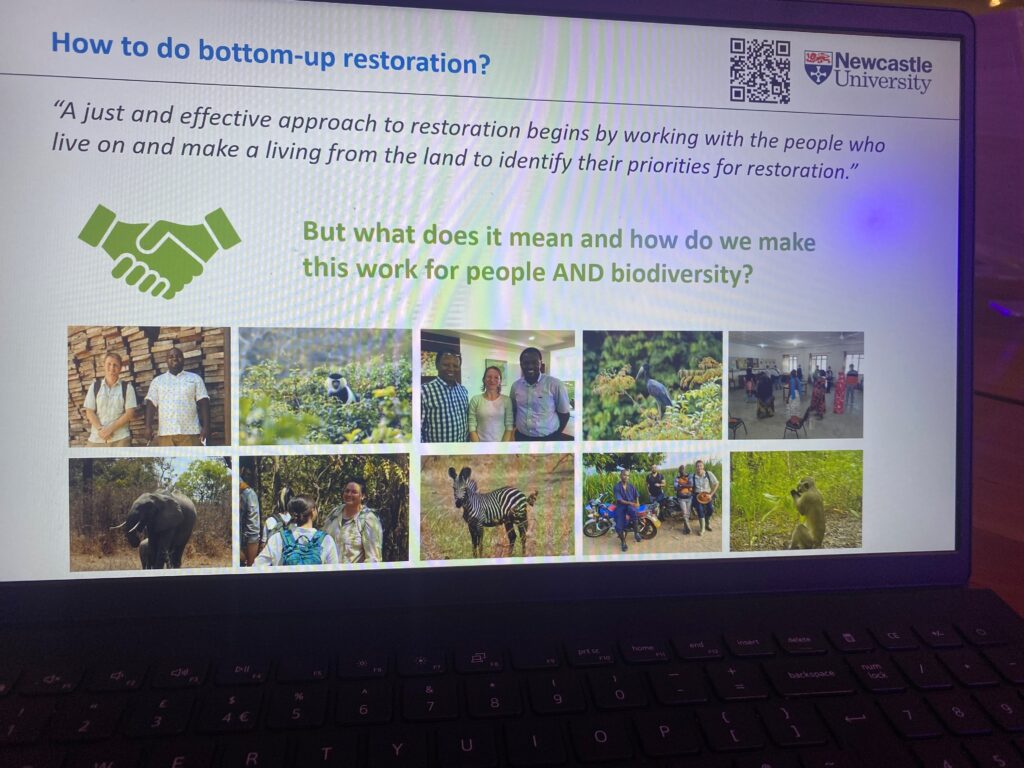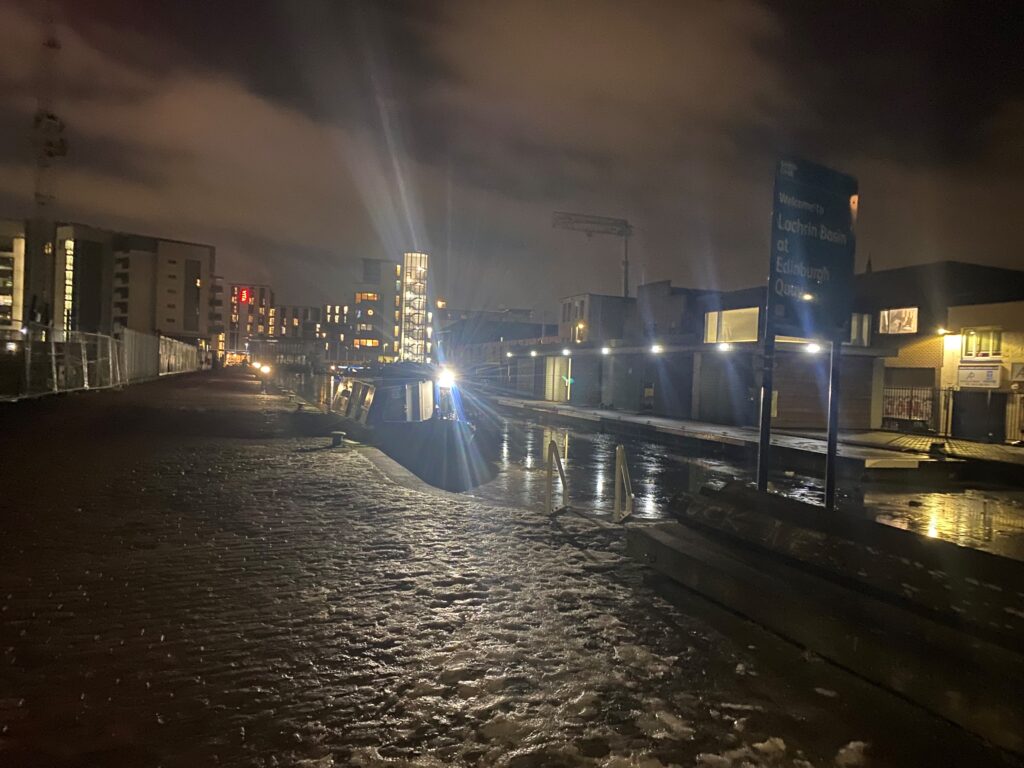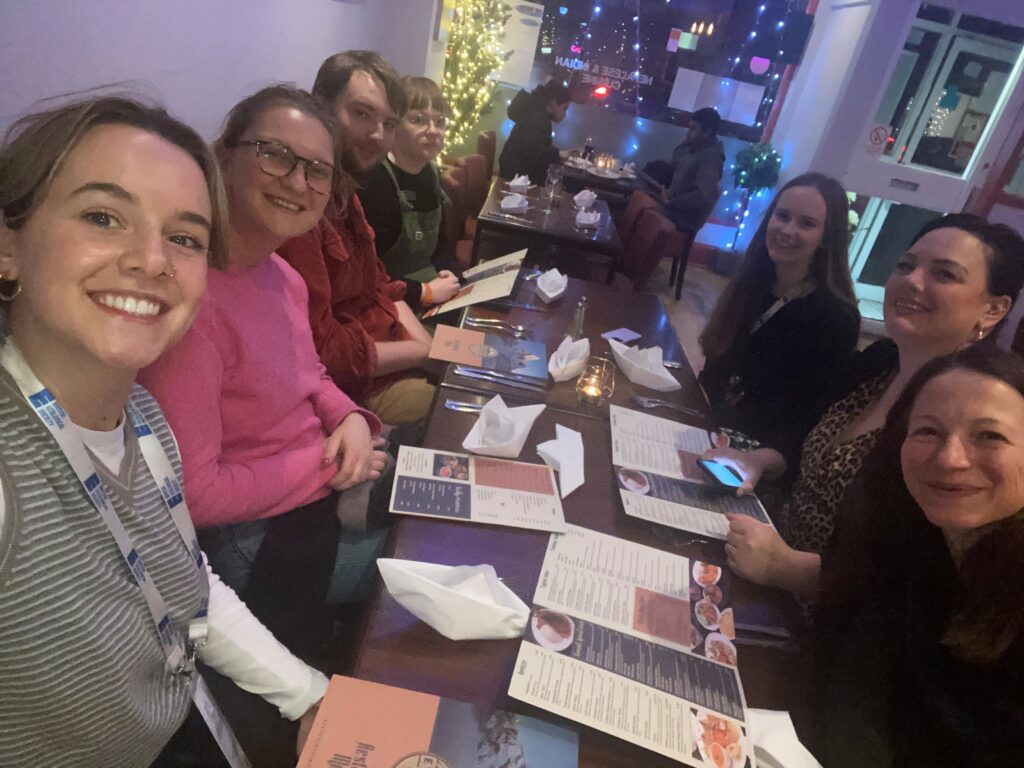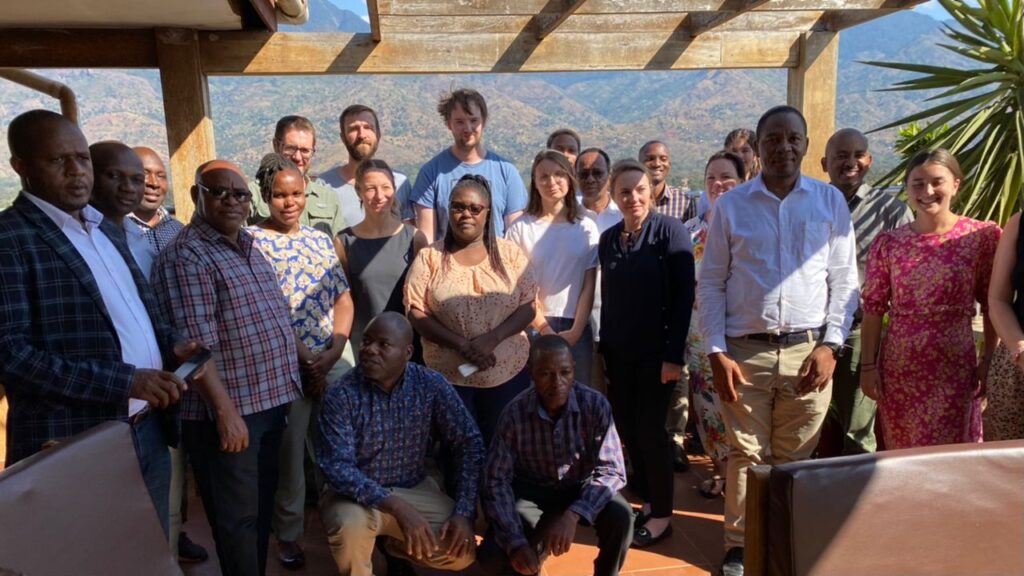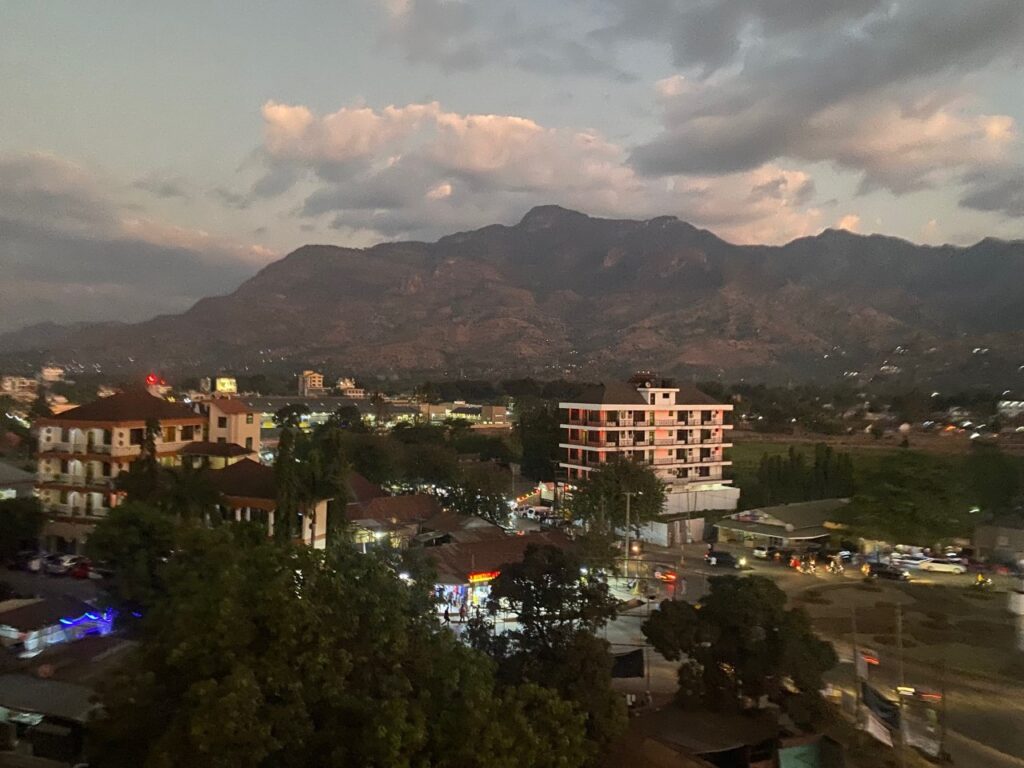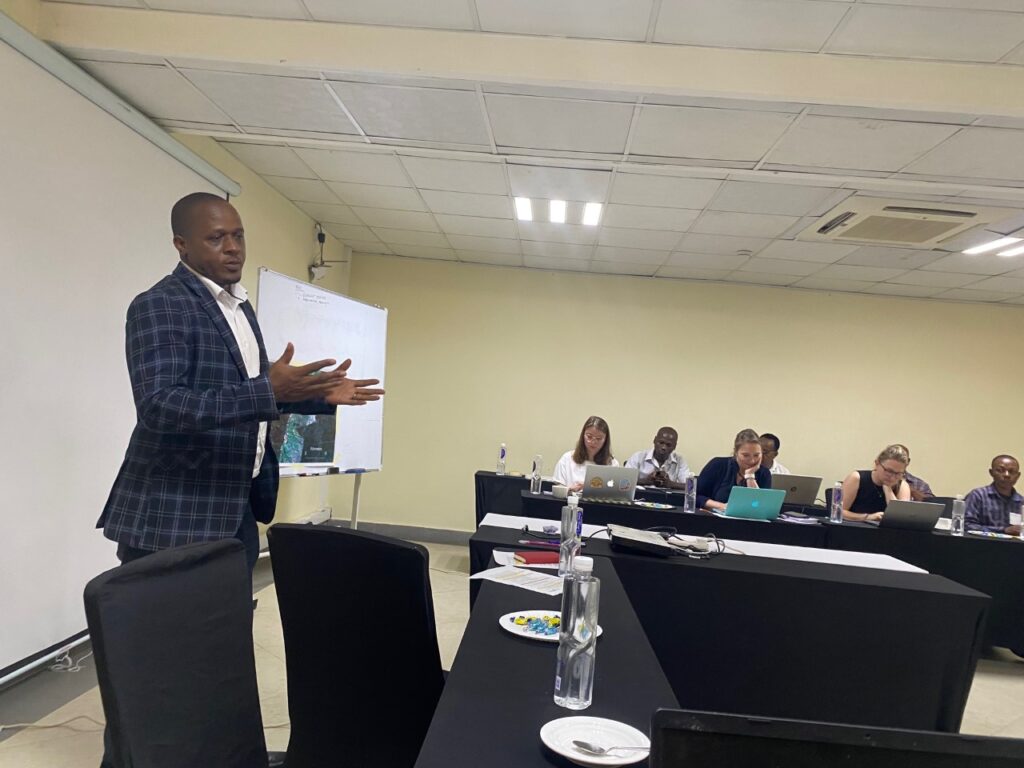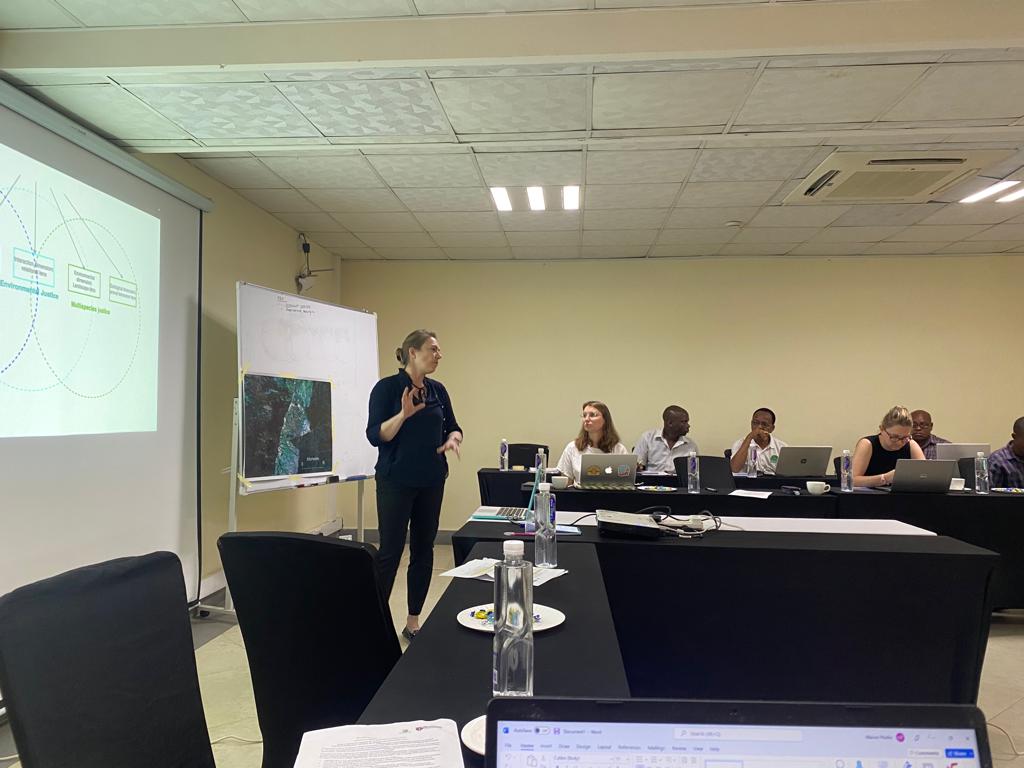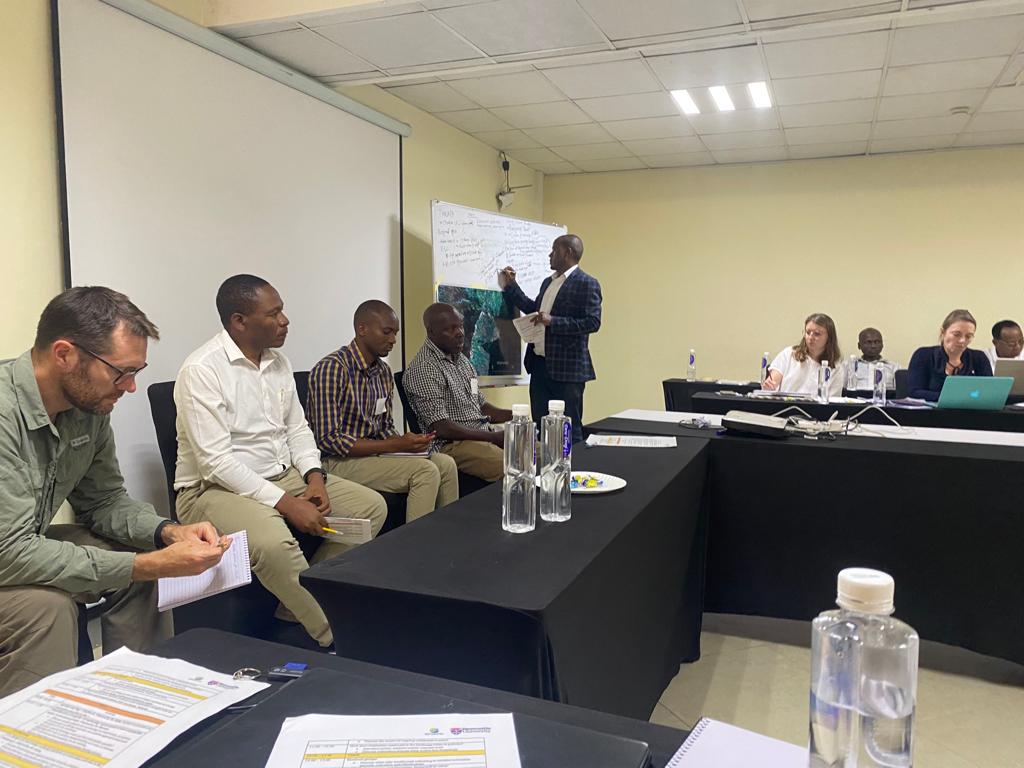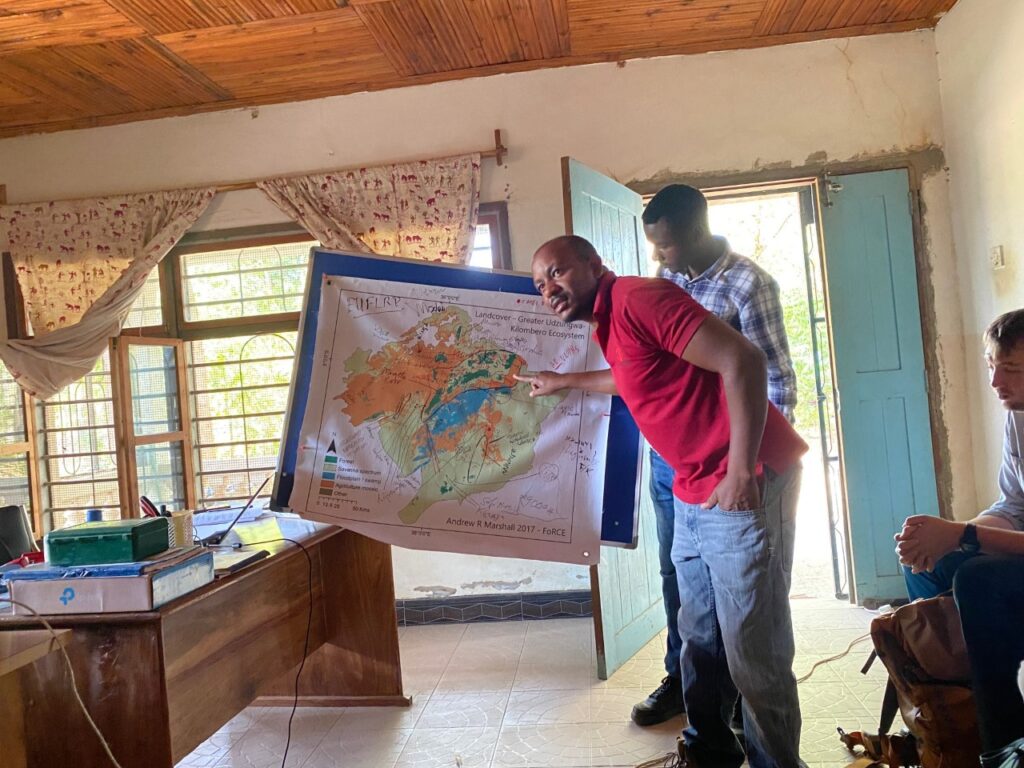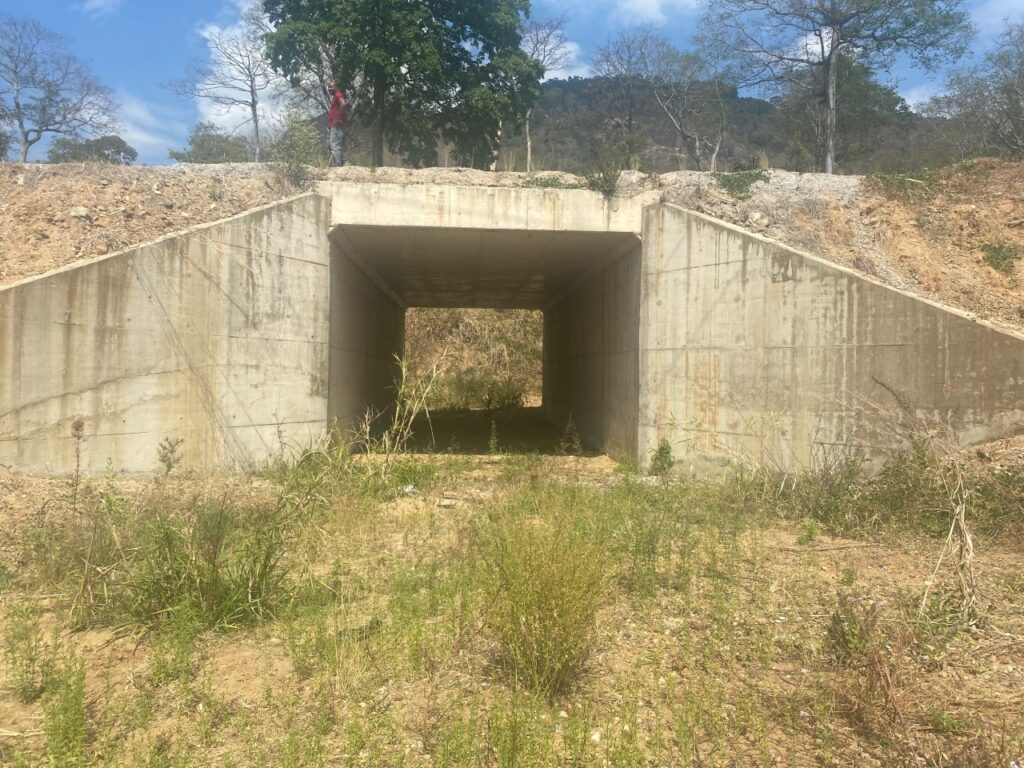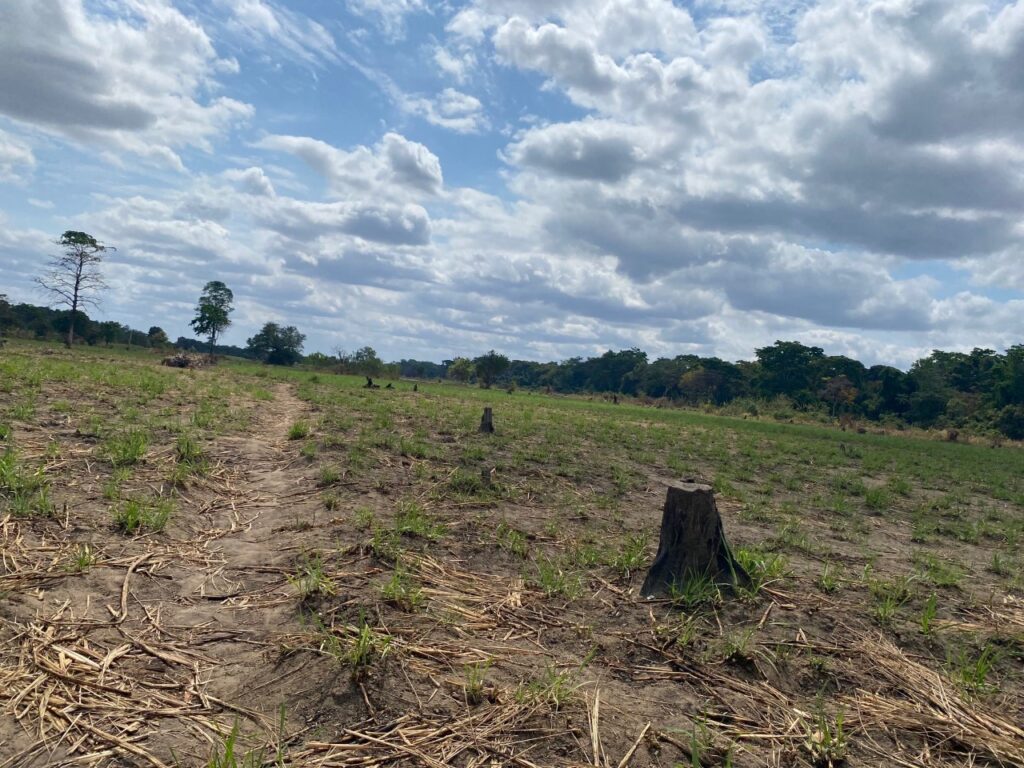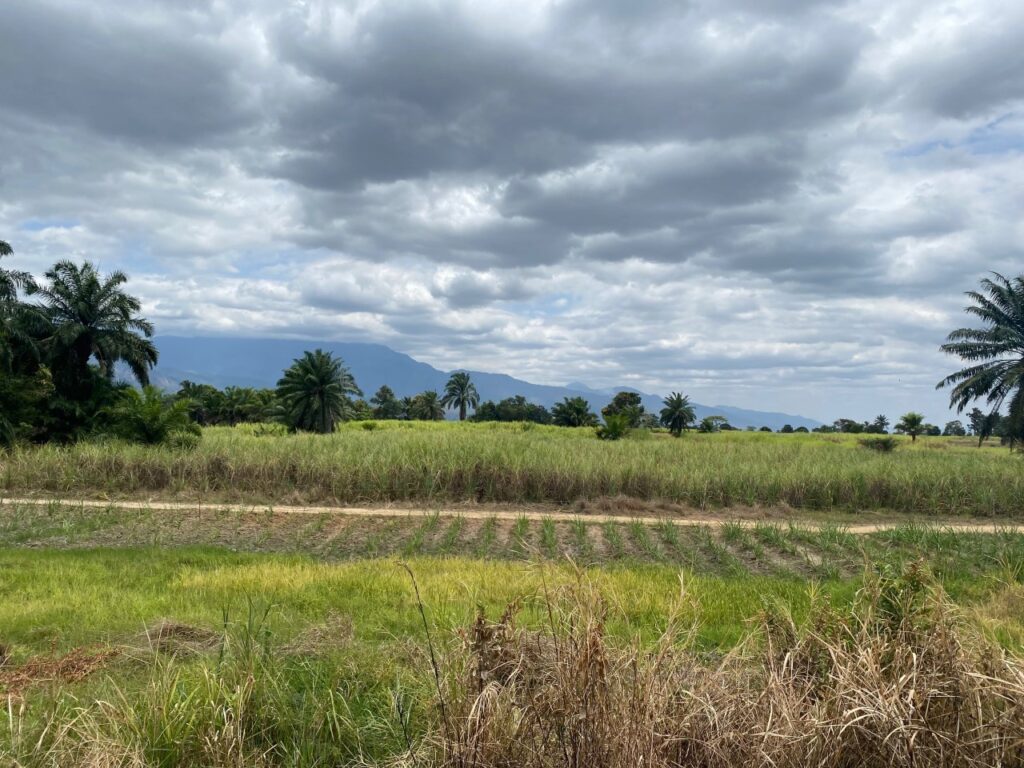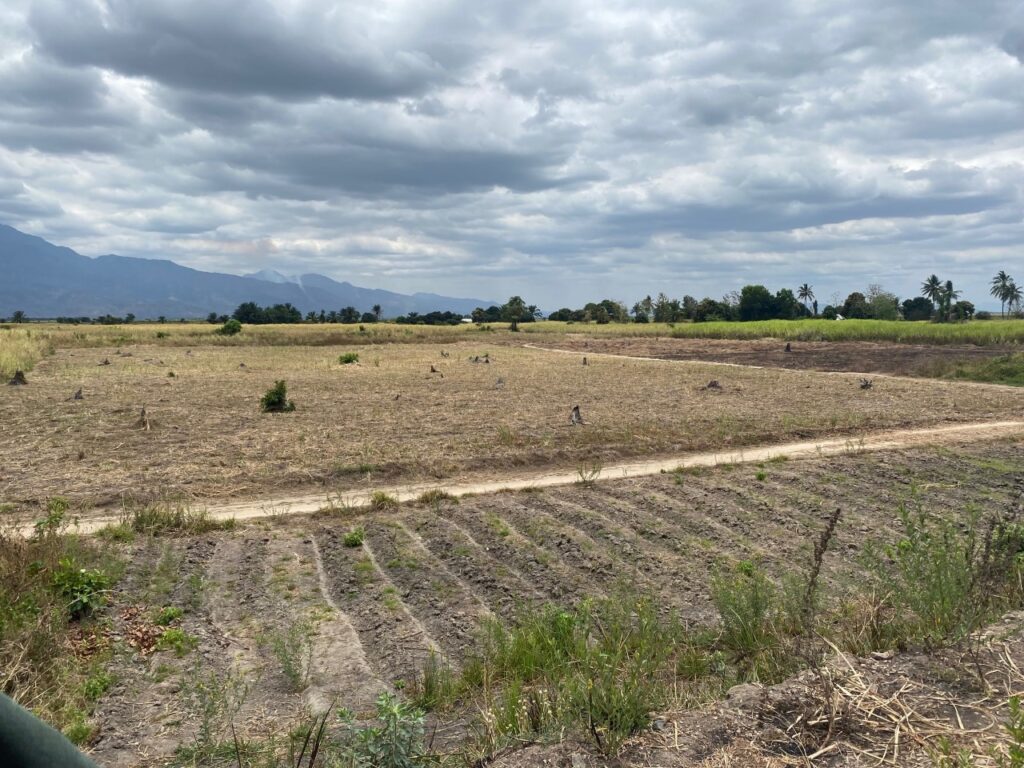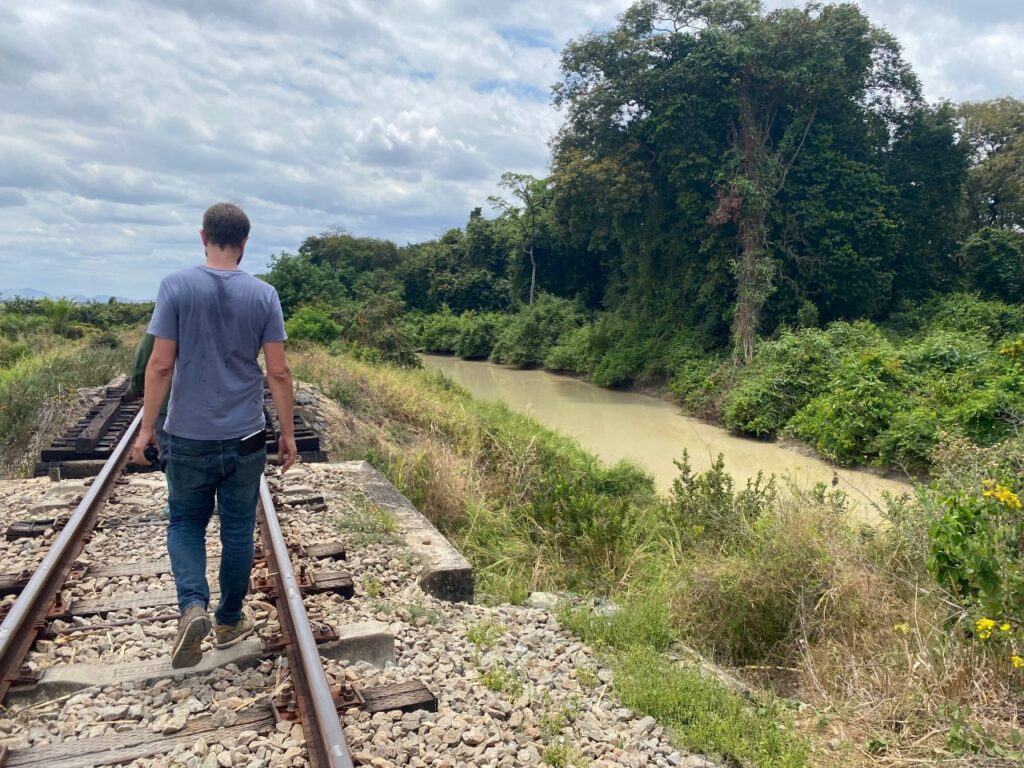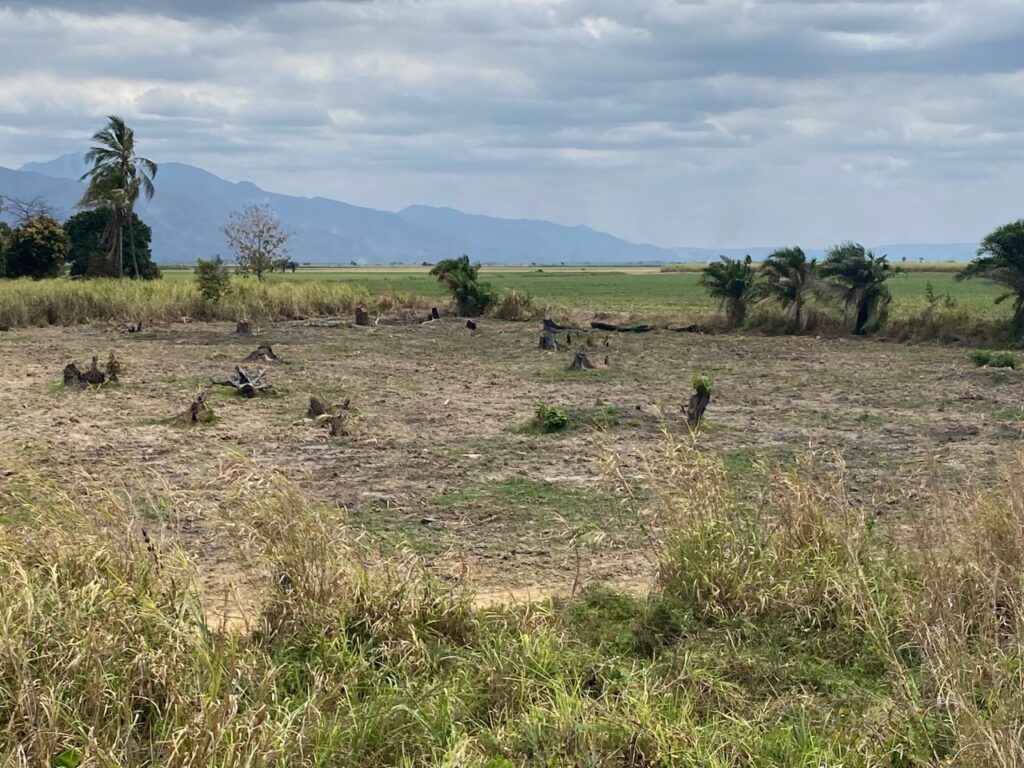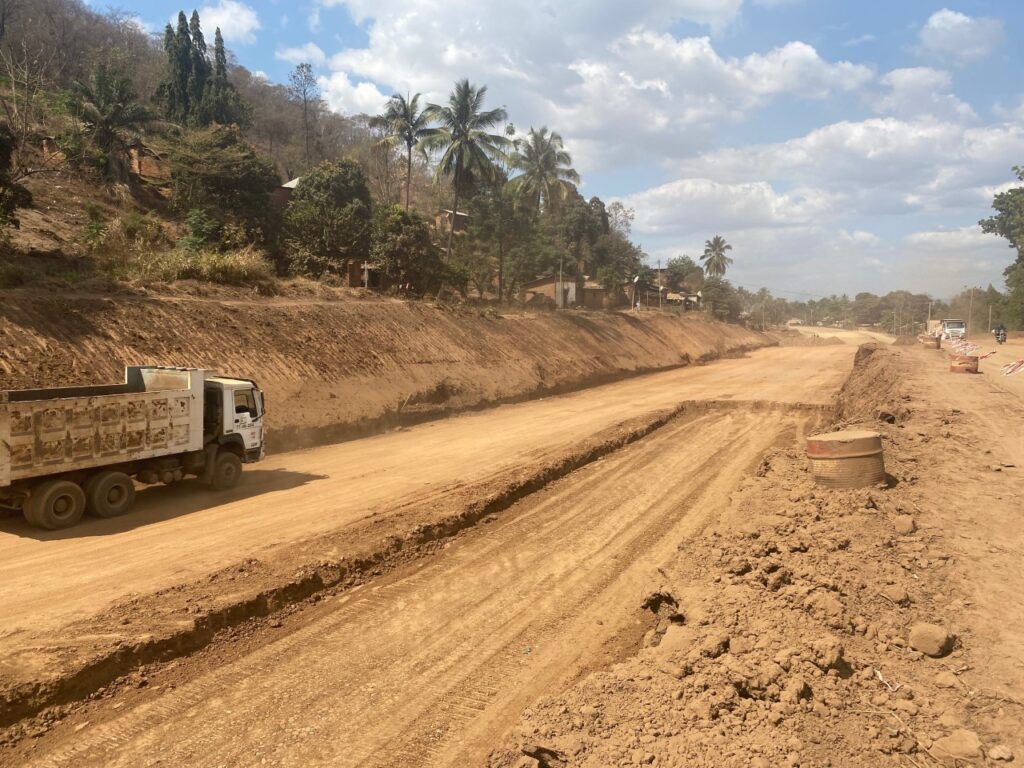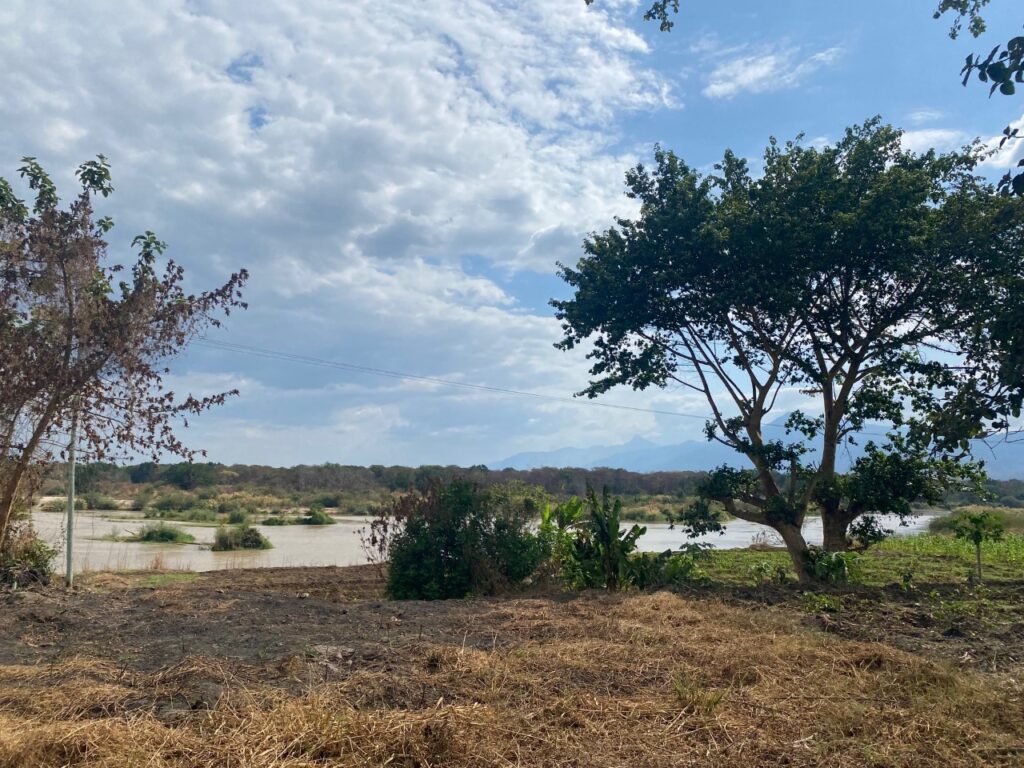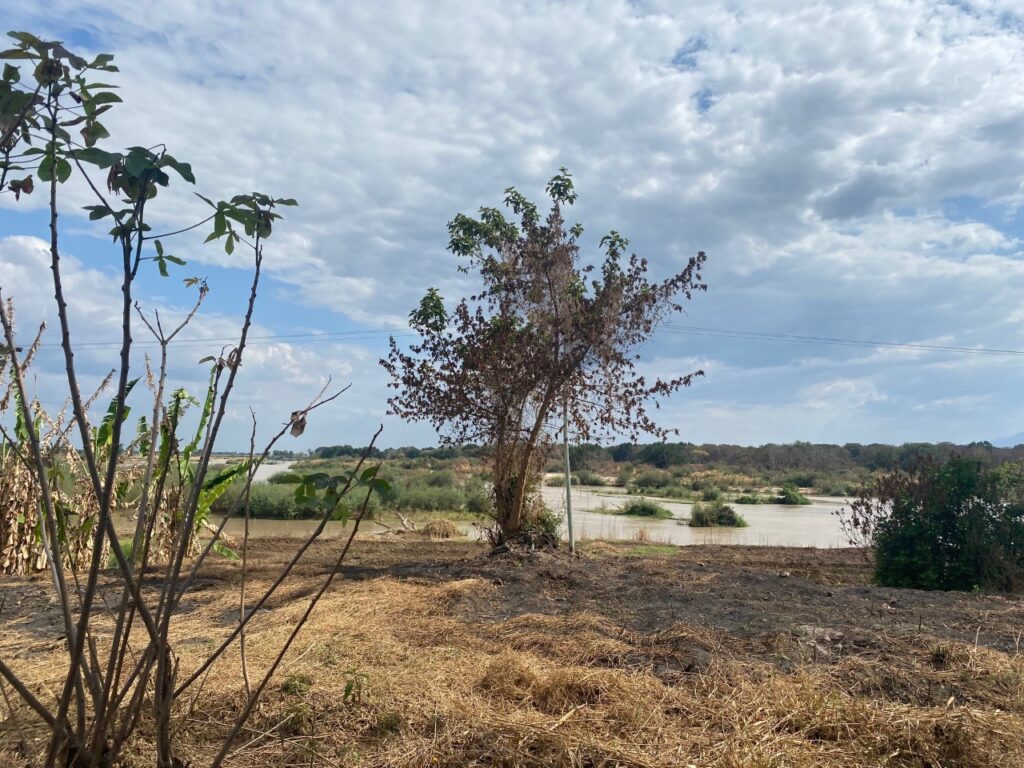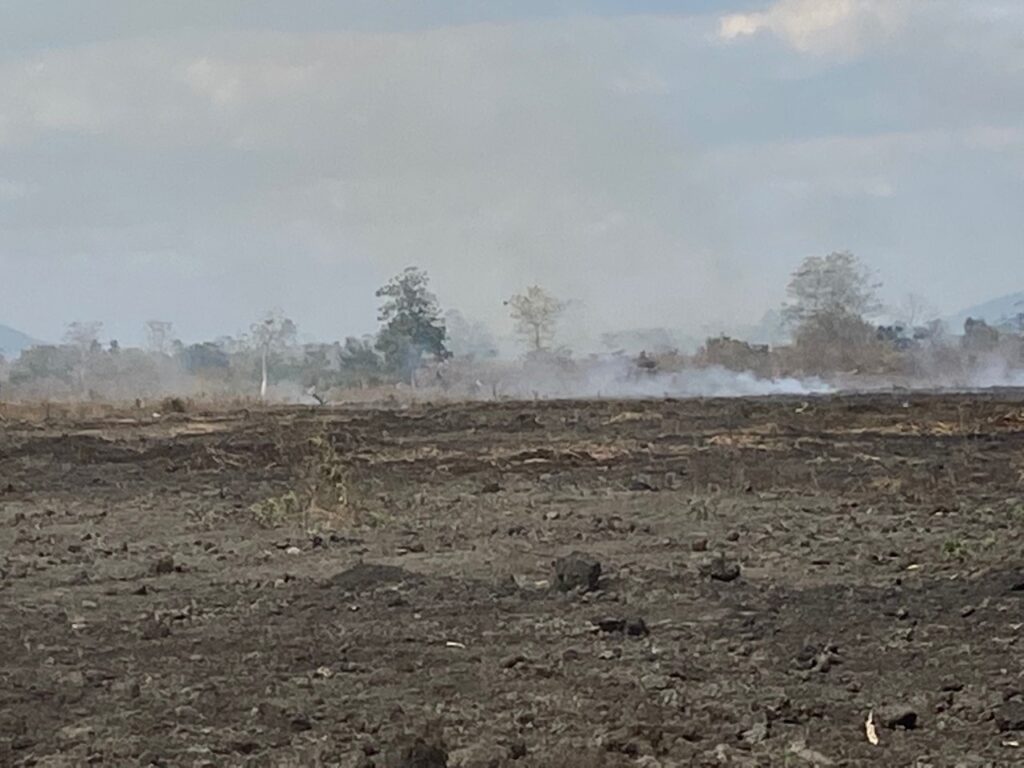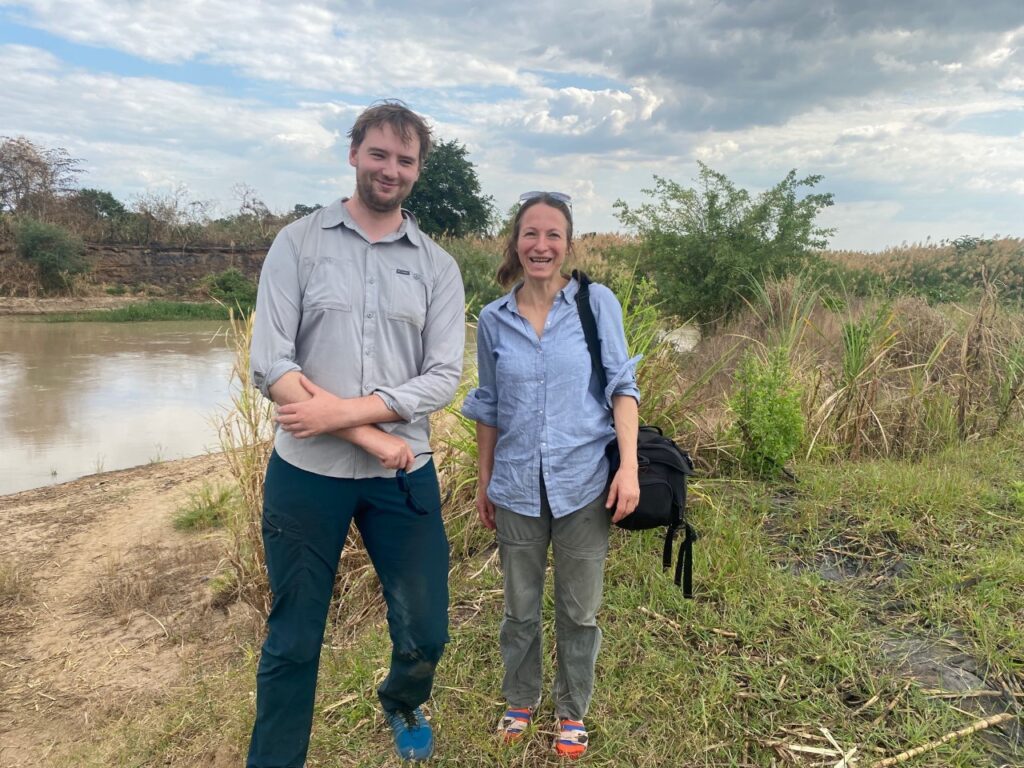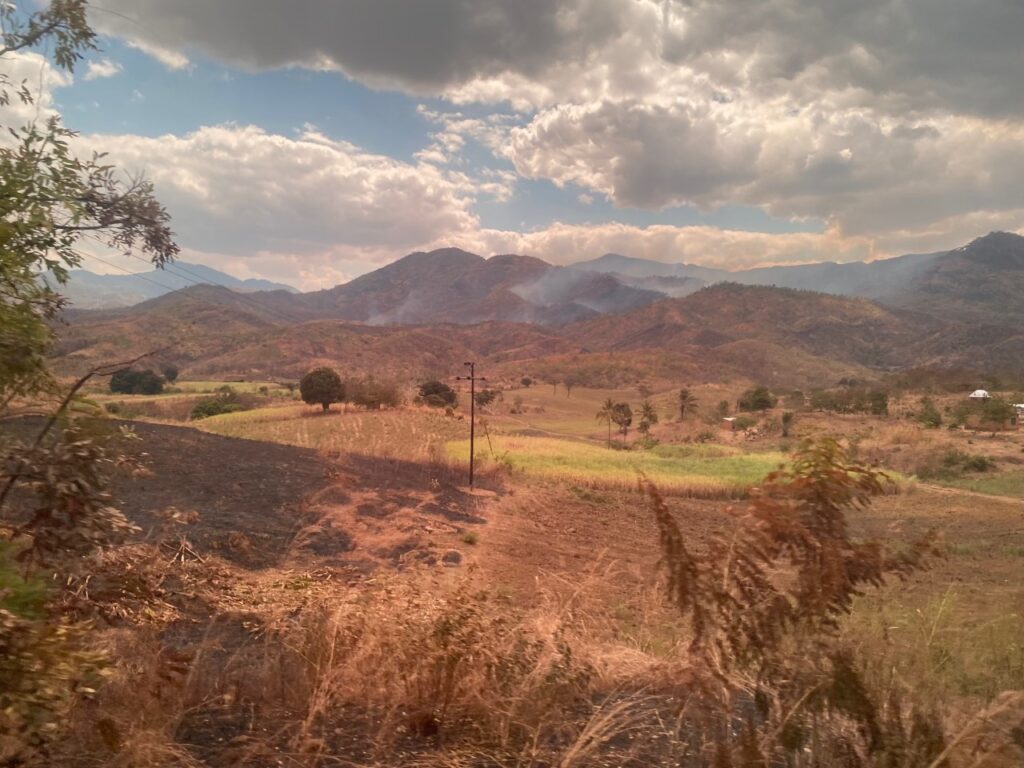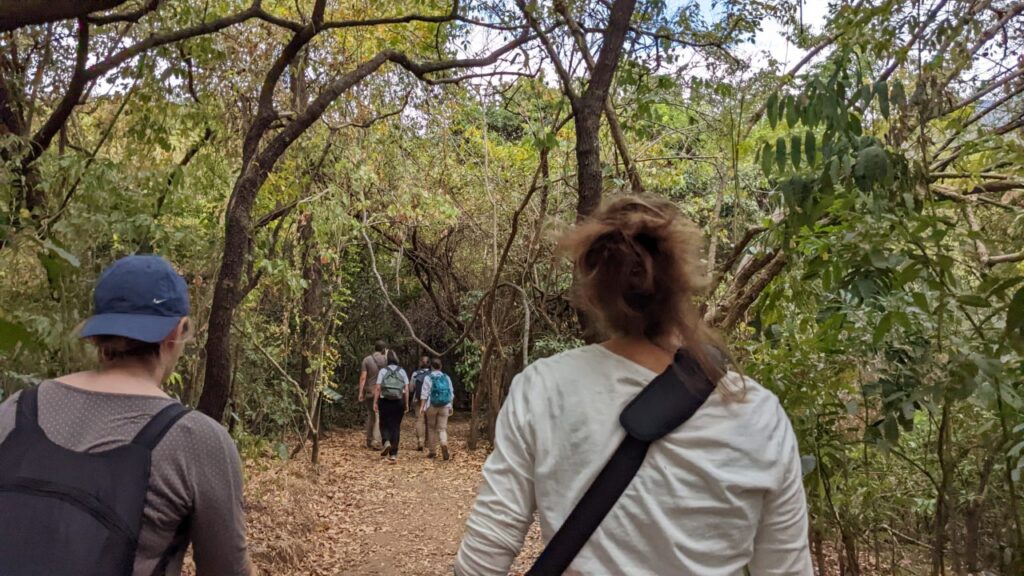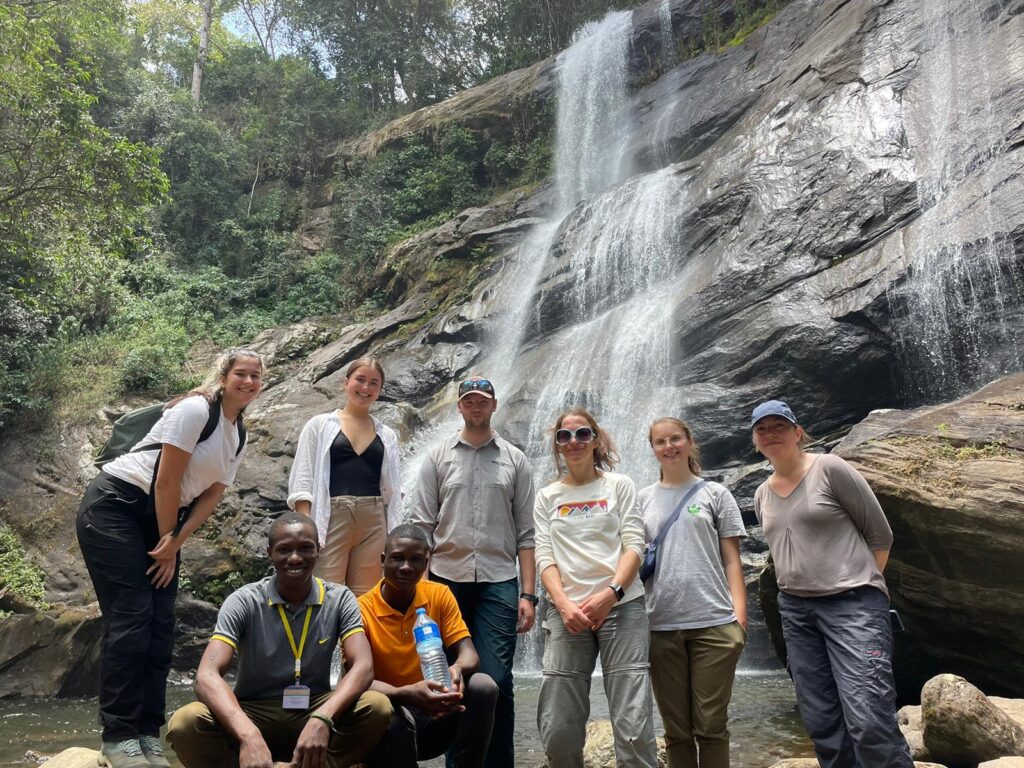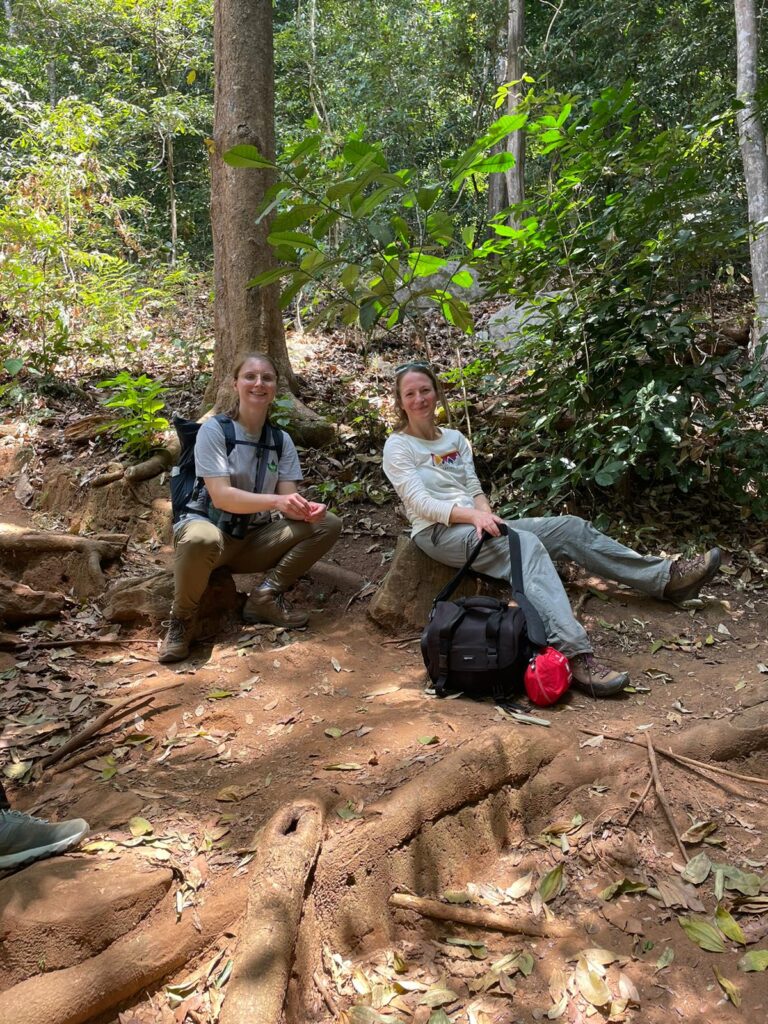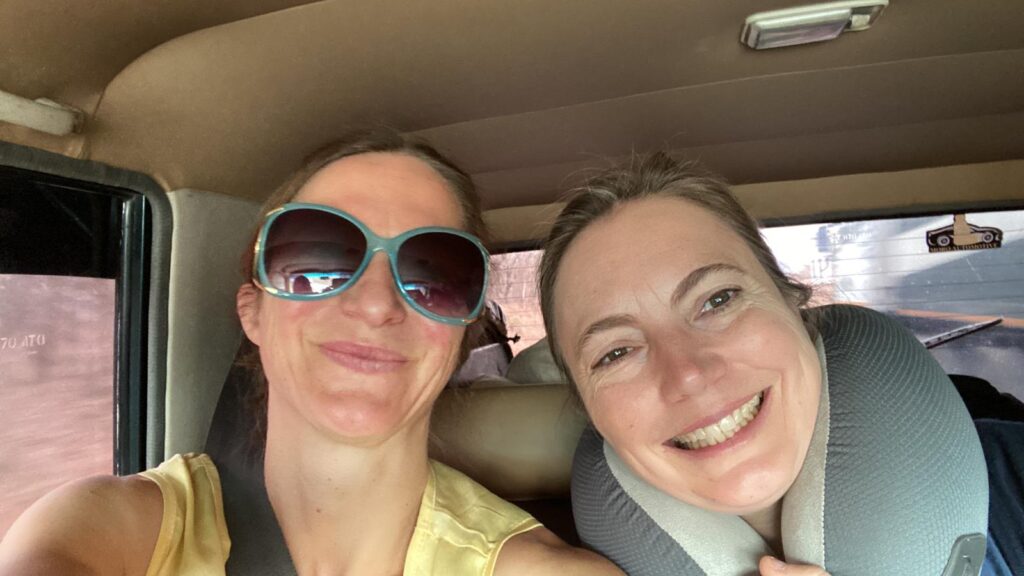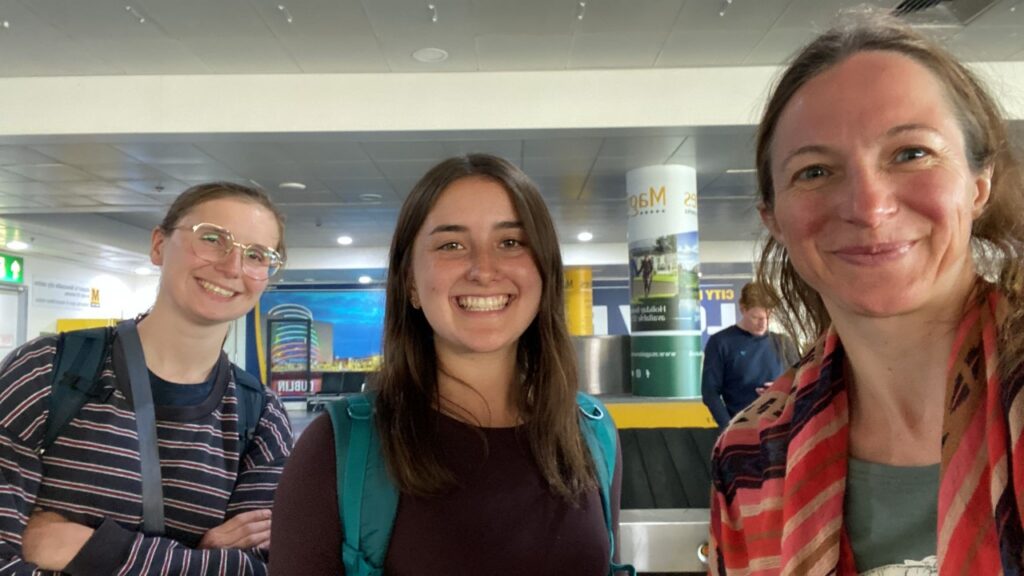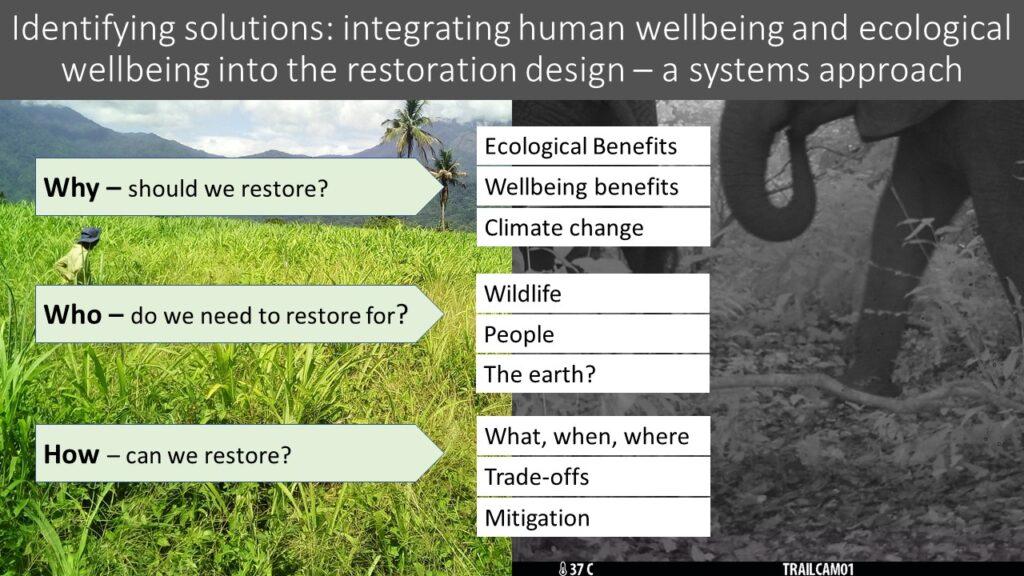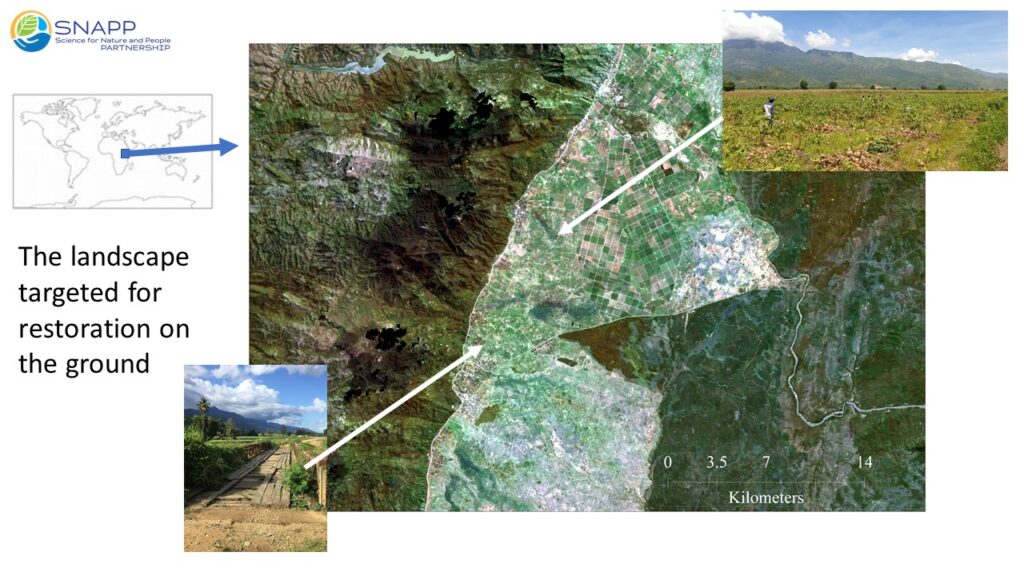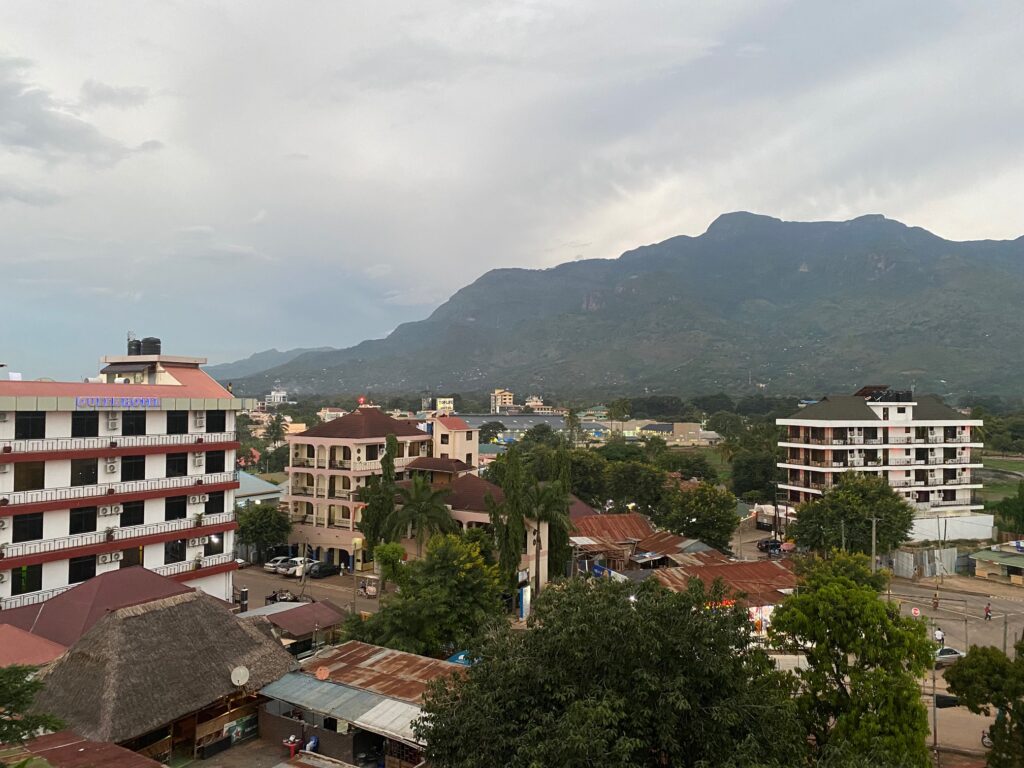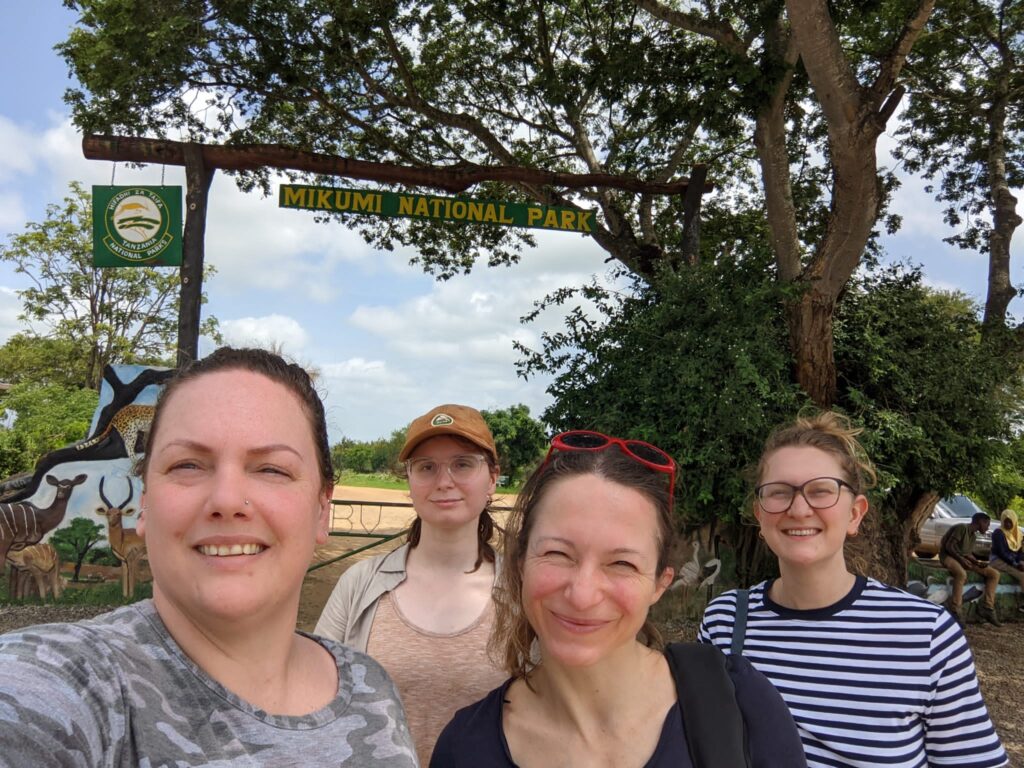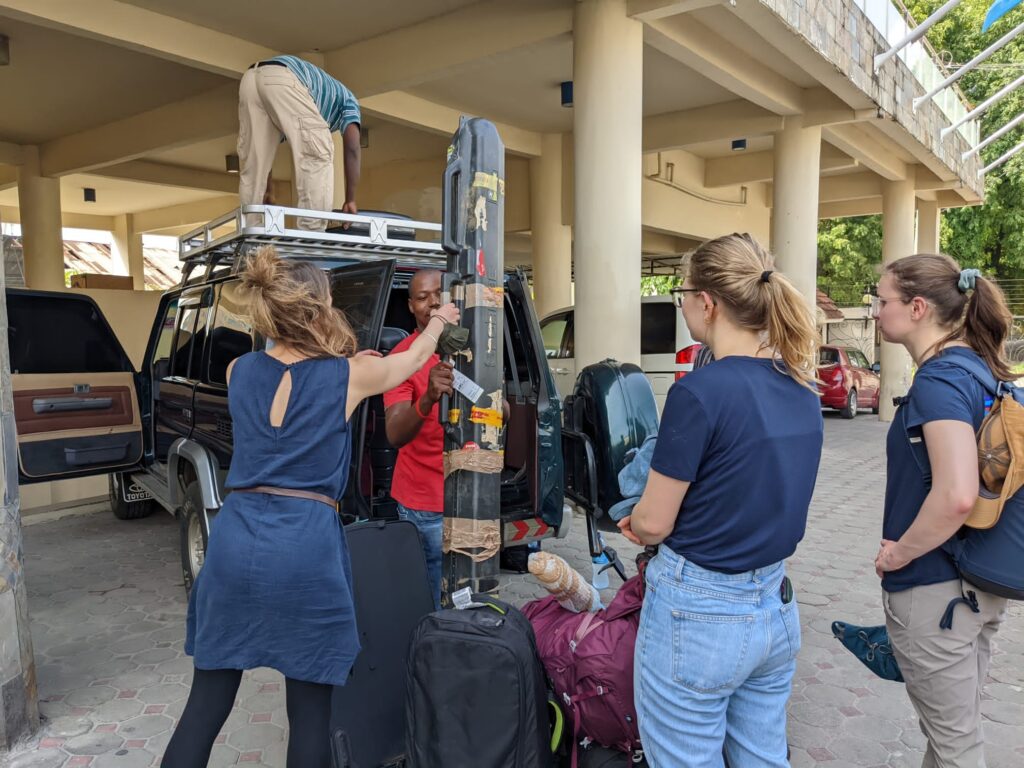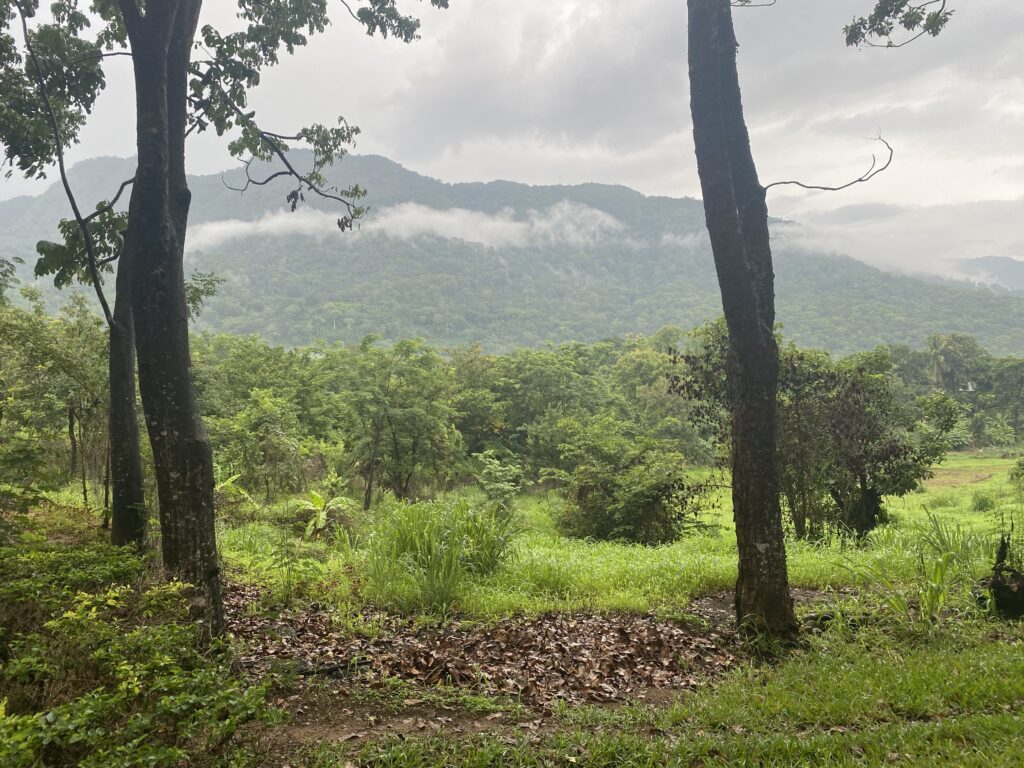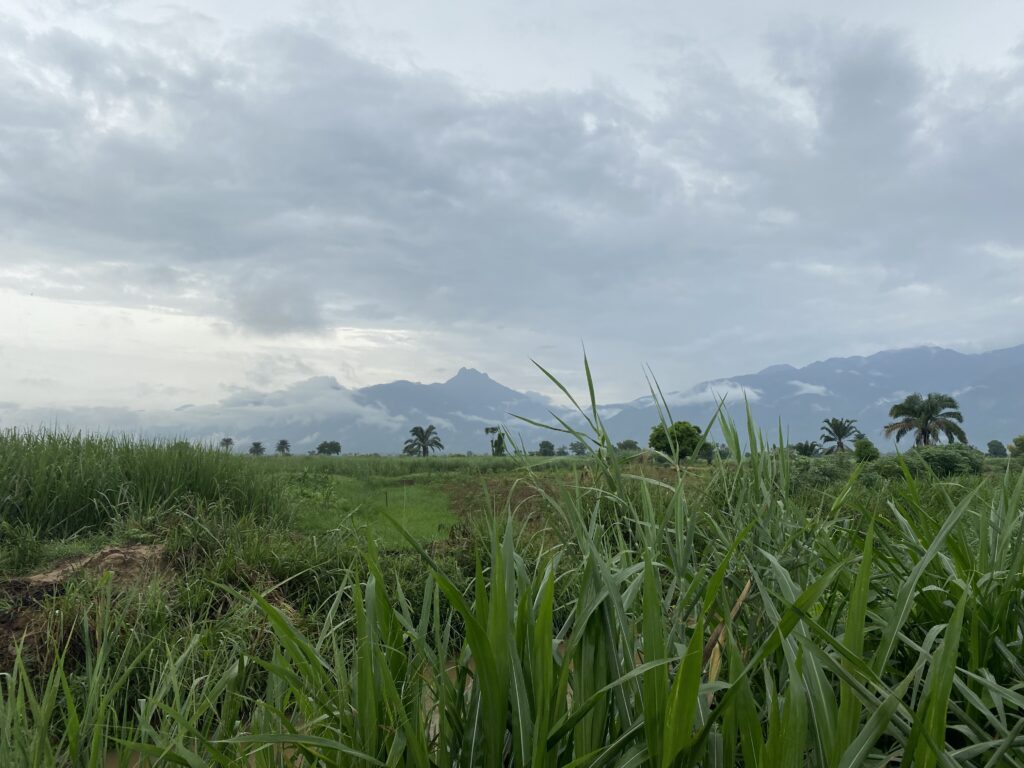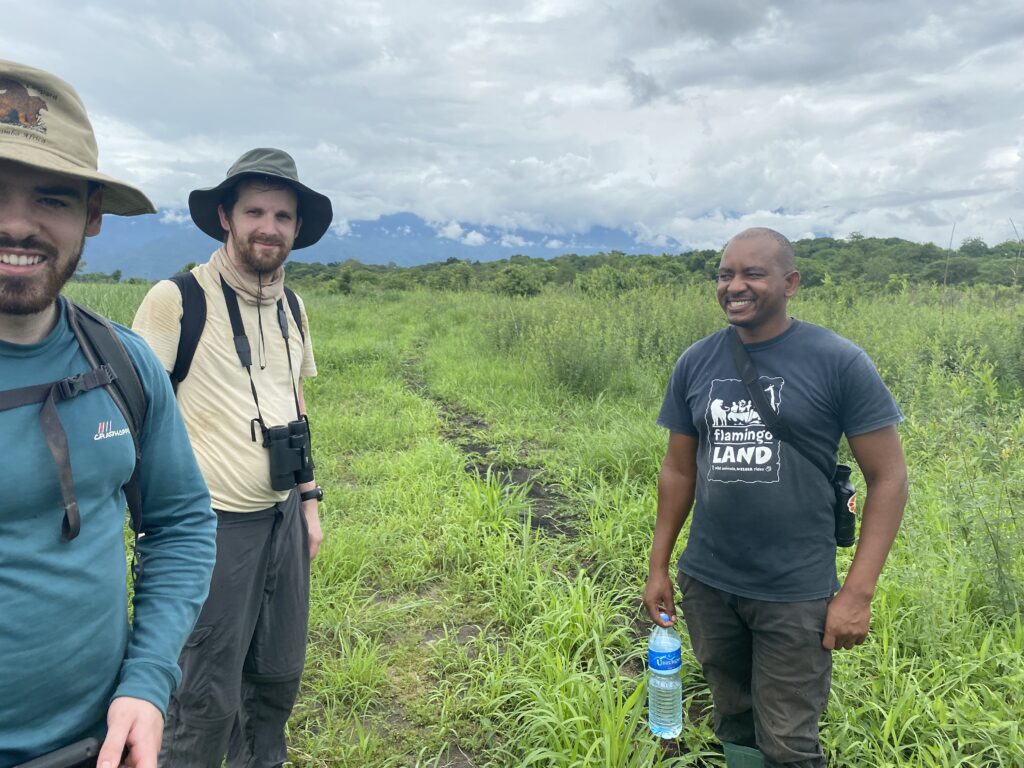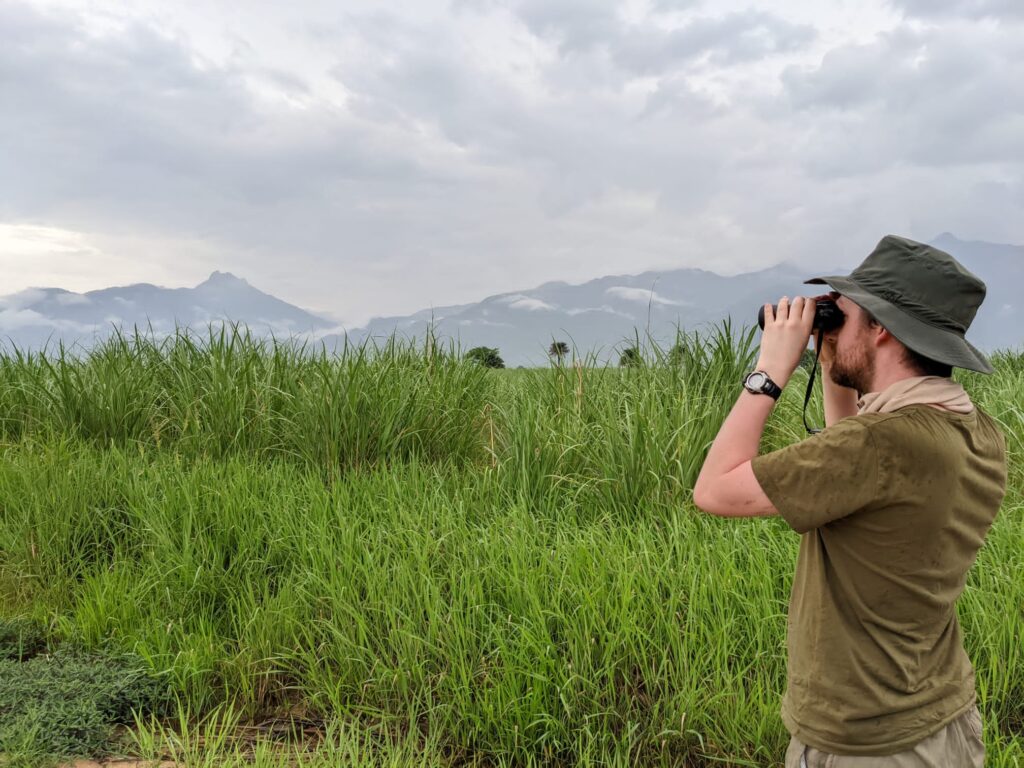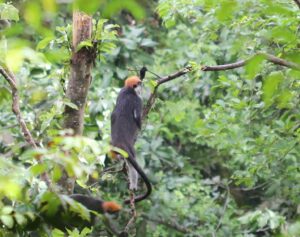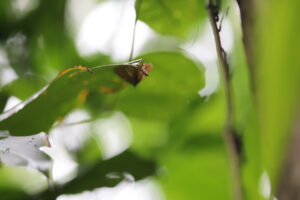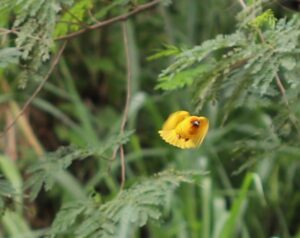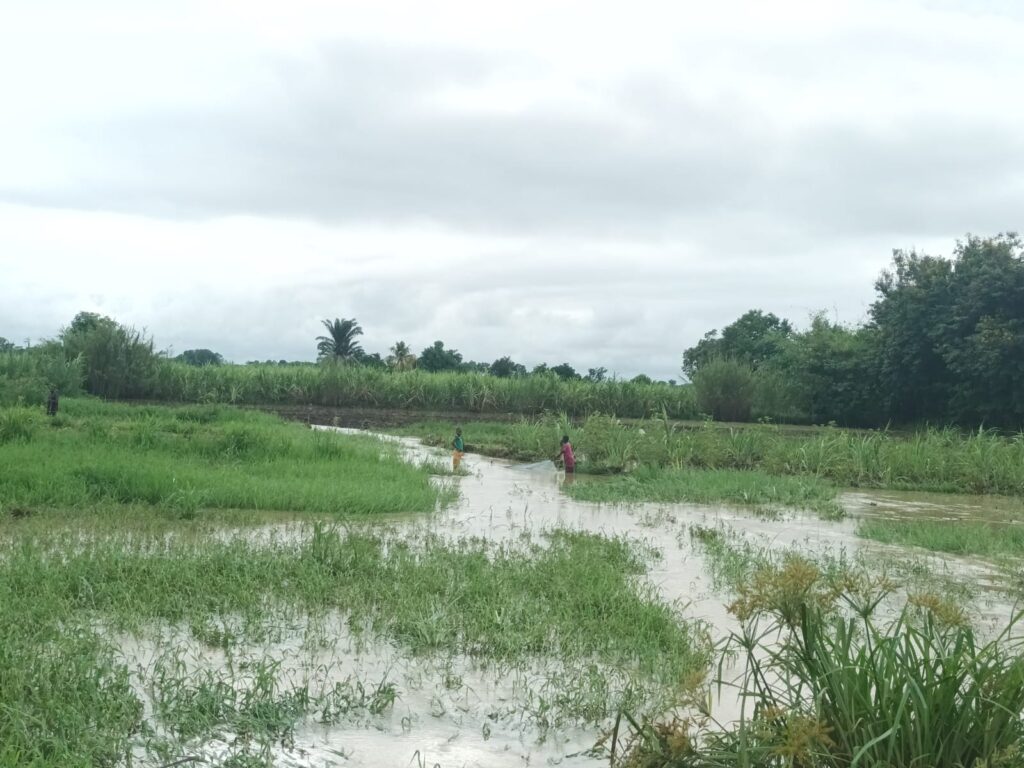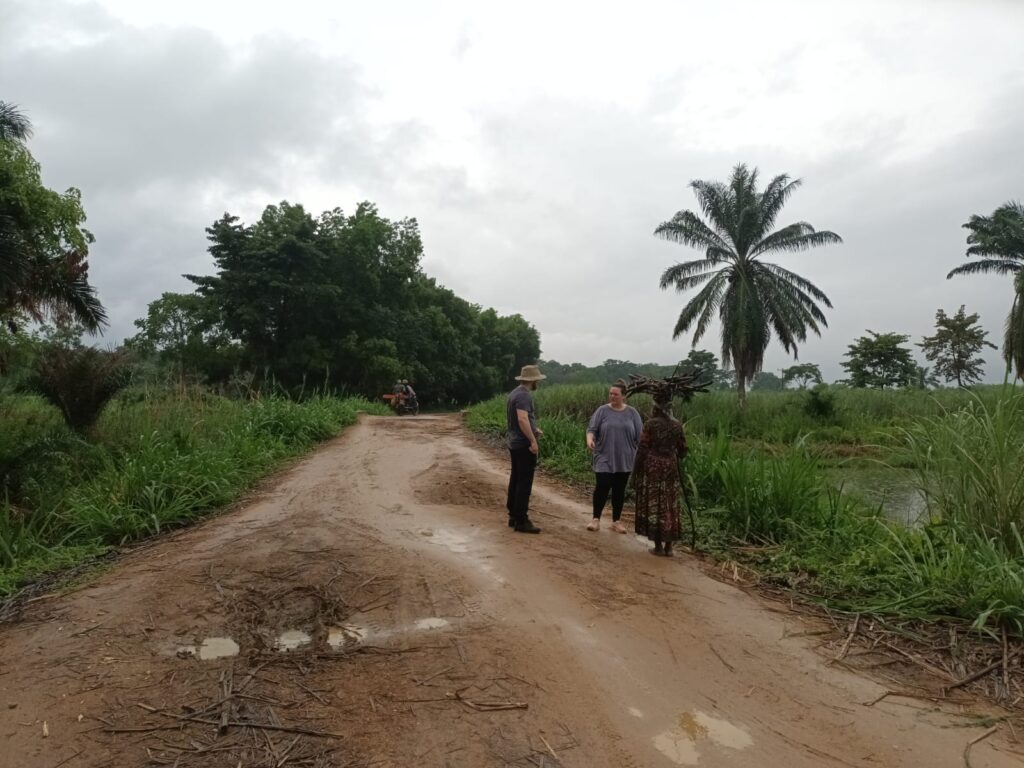Synthesis outputs for outreach: presenting our AgrisysTanzania (evidence generation for natural capital benefits and disservices to farmed land) and CORRESTOR (how to use that evidence for informing the restoration process), we highlight a set of key messages for restoration at local scales and planning at larger spatial scales. Outputs
British Ecological Society Annual Meeting
Workshop 4 Travels – two days with key actors
Time is previous for us and our key partners in Tanzania. We are incredibly grateful to our funder (Science for Nature and People Partnership) and our Tanzanian colleagues to enable this knowledge sharing and inform the next steps shaping restoration in the upper Kilombero Valley. Using Morogoro as a backdrop, we shared plans, discussed opportunities and constraints and outlined needs for training, which we will follow up on (funded through Newcastle University) in February 2023. HERE TO STAY for a bit longer and hand over to local partners in the next years.
For key outcomes, agenda items and more, see our workshop pages: Workshops 3 and 4 | CORRESTOR (ncl.ac.uk)
Workshop 4 travels – October 2022
We have now returned from our travels, visiting the landscape in the upper Kilombero Valley to meet key actors (Reforest Africa, Illovo Sugar Kilombero Sugar Company) and travelling to Morogoro to implement the final workshop of the project in Tanzania.
What were the first main impressions from the landscape travels?
Elephant numbers have increased in the farmed land and in Magombera Forest Reserve, so we weren’t actually allowed to walk in far. Instead we walked alongside the protected area following the railway tracks. The reserve is now exclusive for tourists (no resource extraction allowed as per new rules). The Reforest Africa team have more ambitious plans for the wider landscape looking at village forest reserves and degraded existing protected areas to as part of their prioritisation schemes. The tunnel for the elephants, going underneath the main road that borders the Udzungwa Mts NP is almost completed on one side, with some optimistic ideas about the mountain facing side, as there is still a steep slope to conquer for the elephants.
The fields look very different in the dry season. It’s hot, and as our data logger showed in the previous year, surface temperatures on vegetation and ground can easily exceed 40 and even 50 degree C during peak day time temperatures. Fires were common, some of them turning the air dark grey (sugarcane burning) over large parts of the fields, and some of them were fires in the mountain forests that seem to have escaped local burning (for poaching or otherwise). The rivers show signs of degradation and bank erosion, and we have worked with James Hardwick and Dr Zarah Pattison to draft a business case to establish a river restoration plan, which we have shared with Illovo Sugar and will discuss with IUCN Sustain 2 in the next months.
Most importantly: we have not yet dramatically fallen out with each other, a major achievement given the nature of the travels :).
In Morogoro: workshop 3
| 02/2022 | Model consolidation workshop. Morogoro – Tanzania: Discuss data, restoration plans and priorities |

The venue was awesome: thank you again to staff and manager of The extraordinary experience – Antique Legacy Hotel with the best view from the roof ever.
How is that in country journey going?
Very well indeed. We did have a break posing at Mikumi (of course) and we visited the landscape, having a look for the elephants at Magombera FR and just reminding ourselves of the complexity of this landscape.
It was raining, it was sunny, and we saw lots of wildlife. We also met people, who go about their lives each day in the valley, farming their small or larger land parcels, transporting goods from farms to markets or home and fishing. Yes, indeed, fishing. In these tiny waterways that border the farms. … yep
A couple of virtual workshops later
We are in Tanzania, meeting for workshop 3 of the CORRESTOR project. Who is we: actually, its a bunch of different people not all doing work for CORRESTOR. from left to right: Eleanor Moore (PhD candidate at Newcastle University: using social and ecological data and tools to establish opportunities and constraints for tree restoration interventions on farmed land in the Agrisys landscape), Lauren Barnes (RA on the project), Myself (PI of the CORRESTOR project), Ben Kelly (MRres Ecology student at Newcastle University, Yellow Sugarcane aphid on sugarcane – impacts and opportunities for biological control) and Will Ovenden (PhD candidate at Newcastle University, Yield gaps and opportunities for increasing yields of sugarcane). We dropped the latter two in the landscape and left them to do their thing 🙂
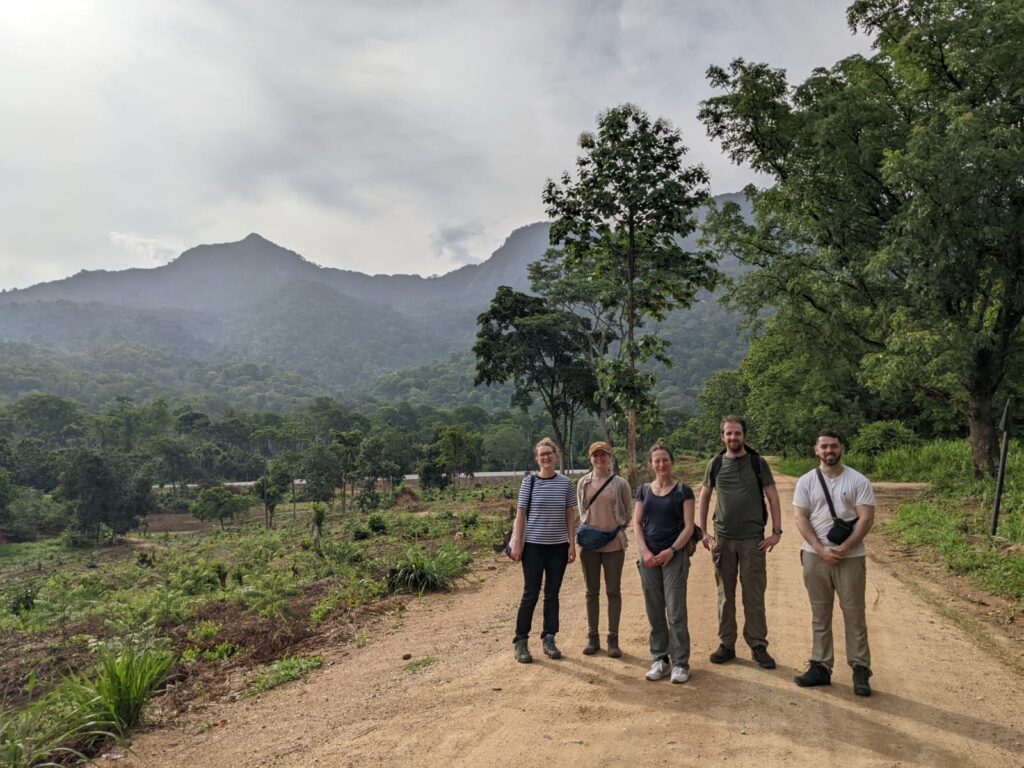
But who took the picture? Dr Zarah Pattison, Newcastle University. She visited the study landscape to look at the waterways, land and invasive species and meet in country partners to discuss future research needs in these areas. She also joined our workshop, as expert is systems modelling. Thank you for joining us, Zarah, contributing your expertise.
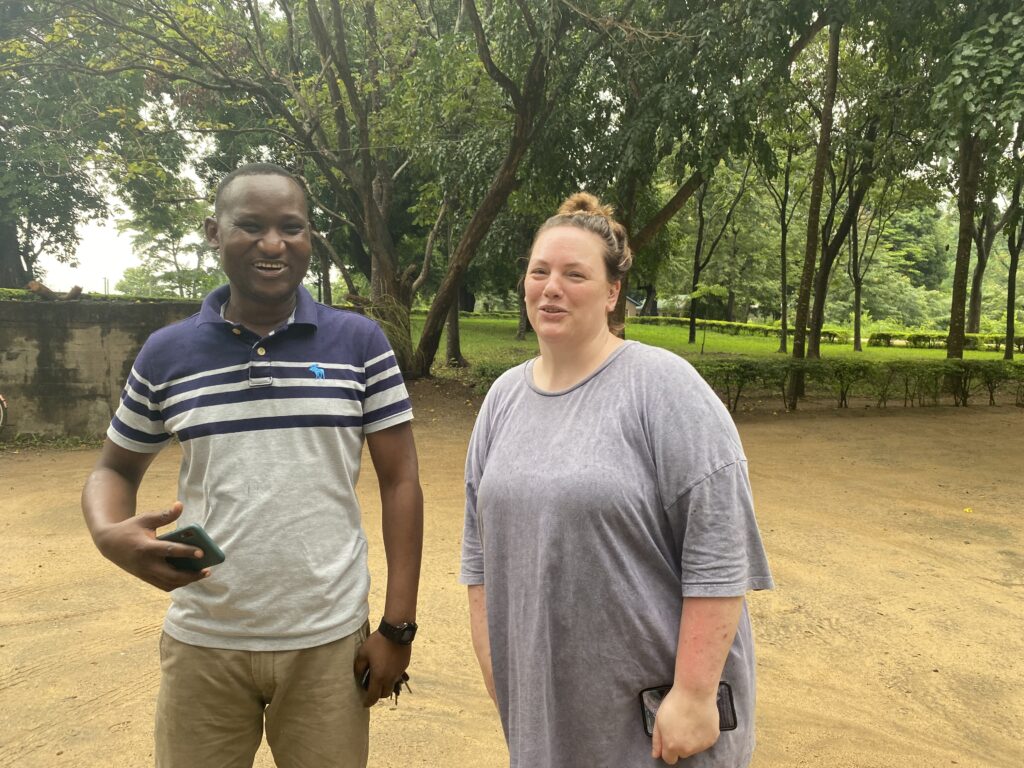
The CORRESTOR project – How it started
Natural wildlife movement corridors are being restored in fragmented landscapes to reconnect animal populations and restore wildlife habitats. This can benefit people, enhancing soil and water quality, and biodiversity. Another critical goal of corridor restoration is to reduce human-wildlife conflict by managing wildlife movement through village land.
However, what is the evidence base used in decision-making for the restoration process? is it effective? exhaustive?
We have established this SNAPP Team to co-create interdisciplinary evidence that can inform tree restoration in agricultural landscapes in a way that balances the needs of people with the ecological targets of the restoration. Specifically, we aim to
- Synthesize data to map benefits and drawbacks from wildlife corridor restoration projects in the agricultural landscape, evaluate conflict tolerance and identify mitigation solutions
- Use the evidence to answer questions on what tree species to plant to benefit wildlife and people, and how to manage corridors for ecological and human well-being
- Work with farmers (small-holder and industry), government and the conservation sector to co-develop guidance for practice and policy contexts, to guide natural wildlife corridor restoration
The group will develop guidance on processes and tools that should be used when planning and implementing sustainable tree restoration projects in the rural tropics.

